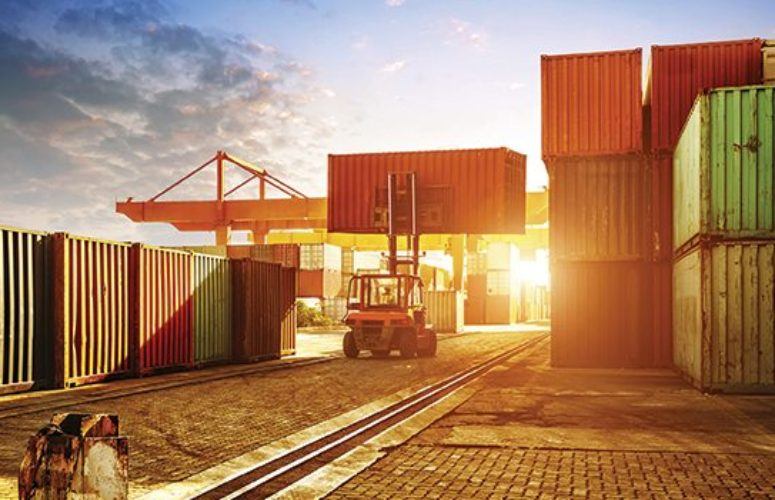
Shipping Association Keeps Commerce Flowing with High Technology
Improving the movement of goods, as cargo volume grows.
By Linda Stein, Contributing Writer On Jul 27, 2015The Port of New York and New Jersey is an economic engine for the region and the third largest port in the United States, after Los Angeles and Long Beach. It supports 296,000 jobs regionally and 165,350 direct jobs, which generate more than $18.3 billion in personal income and $28.9 billion in business income.
Edison-based New York Shipping Association (NYSA) keeps it humming by supplying skilled workers to load and unload the enormous containers that carry everything from clothing to industrial machines.
As the volume of cargo coming into the port grows, ways to improve the flow of goods are sought. In 2014, the Port of New York and New Jersey handled 3,342,286 cargo containers valued at more than $200 billion, a 5.4 percent increase in total container traffic from 2013 – partly due to labor issues on the West Coast, a favorable euro-to-dollar exchange rate, and more traffic through the Suez Canal.
With larger ships coming, “we put together a Port Performance Task Force in 2014,” says John Nardi, president of the NYSA. “The task force came up with 23 recommendations that we believe would help with the flow of cargo through the port.” This year, a Council on Port Performance is implementing those recommendations, including a grade chassis pool that unloads containers from ships and can be used for all moves.
“Currently, we have three individual pools and a couple of ocean carriers that provide their own chassis,” he says.
Another plan is a truck management system to tell terminals when a trucker wants to pick up freight that would add “some type of predictability,” he says.
“Believe it or not, in today’s environment, in most terminals, you don’t need to make an appointment to get your container,” Nardi says. “You just show up after the ship arrives within a certain amount of days and you expect to get your container delivered to you in a timely fashion.”
They’re also developing a website to allow truckers to get information about all the terminals, giving them “one-stop shopping,” he says.
“Because New York is a landlord port, and the facilities are run by individual companies, there is no one place you can go to see what the gate hours are for different terminals or to check on your container that may be at one terminal, but that your trucker needs to go pick up after his next container, at another terminal,” Nardi says.
Also, by 2017, work on a $1.3-billion project to raise the Bayone Bridge from an air draft of 151 feet to 215 feet will be completed, allowing even bigger ships to dock.
The NYSA negotiates collective bargaining agreements between its members and the International Longshoremen’s Association. NYSA members include American and International shipping-related firms such as: The American Sugar Refining Company; China Shipping (North America) Agency Co., Port Newark Container Terminal; Red Hook Container Terminal; United Arab Shipping Company; and Yang Ming Marine Transport Corporation.
“Our main responsibility is to make sure there is an adequate, trained workforce,” Nardi says. “We have to pay for that workforce and how we pay for that workforce, is making sure there is enough cargo volume moving through the port that can generate revenues to pay for their benefits.”
NYSA “also gets involved in any issue that may impact the cargo through the port, whether it’s positive or negative.” Members are assessed per container to fund the longshoremen’s benefits.
“And the benefits to a large extent are fixed in nature, so the more volume you do, the lower your costs per container,” Nardi says. “The name of the game is trying to reduce your costs so you can attract more business.
“There’s a whole supply chain issue, more concentrated cargo and arrivals,” he says. “The trucking community needs to be able to support cargo, and then warehouses need to accommodate it.”
Longer hours are another fix.
He adds, “It doesn’t make sense for the terminal to be open if the trucker has nowhere to bring (it).”
Related Articles:






